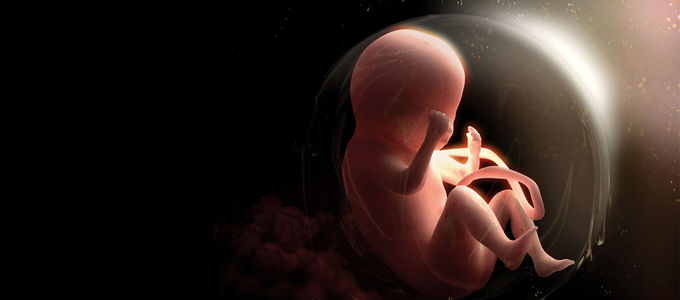
When exactly does human life begin and when does it end? The boundaries are not always clear. But clear answers are important, because sometimes critical personal decisions need to be made. Here is some help from the Church.
This much is clear: contraception and organ transplants, the wish for a child or even euthanasia… this is always a very personal decision. But decisions require a basis, and this is where the New Apostolic Church would like to provide some guidance. “The Beginning and End of Human Life” is the title of a paper prepared by the Church’s medicine working group, which is made up of qualified professionals.
Different points of view
From the biological perspective, human life begins with the fertilisation of the ovum. But is that a human being? Although biology does observe different development phases, it cannot provide a definitive answer.
This is where ethics come into the picture: the discipline of thought that seeks to fathom what is good and right. Theological truths are applied by the discipline of religious ethics. In Christian faith, the central concept here is “ensoulment”, that is, the moment when the material being—the biologically conceived body—and the immaterial being—the soul created by God—are joined.
Differing concepts
The problem with this is that the Bible is very vague in terms of the process and point in time of ensoulment so that no universally valid doctrinal statements can be derived from it. Widely different concepts developed in the course of church history. While early Christianity still assumed that ensoulment occurred the moment just before birth, the presumed moment of the creation of the soul came to be moved further and further towards the point of conception on account of scientific findings.
The legislation in the different countries varies even further, for example, in the field of stem cell research or abortion. For these laws represent the most diverse cultures and societal standards. As a result, the attitude ranges from “everything that is feasible is allowed” to “everything is forbidden”.
Different criteria
These and other thoughts form the basis for the official “Position of the New Apostolic Church on the beginning of life and ensoulment:
- “In order to best protect man, who is the image of God, the Church respects human life from the moment of conception and rejects any killing of this life. Such life is entitled to full human dignity.
- “The exact time at which ensoulment takes place is in the hand of God and cannot be determined with certainty by human understanding. In order to provide the best possible protection to ensouled human life, the Church assumes, however, that ensoulment takes place at the moment the ovum and sperm are joined.
- “The Church accepts biomedical methods and treatments through which no fertilised ova are intentionally destroyed (that is, no selection made by humans).
- “The Church is aware that there is a natural biological selection through which no insignificant number of fertilised ova (embryos) die without any human interference.
- “Adhering to the position of our Church may lead to limitations upon what is medically possible. These limitations should be accepted with trust in God, because human life is given by God and must be respected as a matter of principle.”
How the Church arrives at this position is explained in a paper entitled “The beginning and end of human life”, the first part of which can be read in the latest issue of community1/2021. The second part of the paper will be published in the second edition of the year.
Photo: Jonathan – Fotolia




